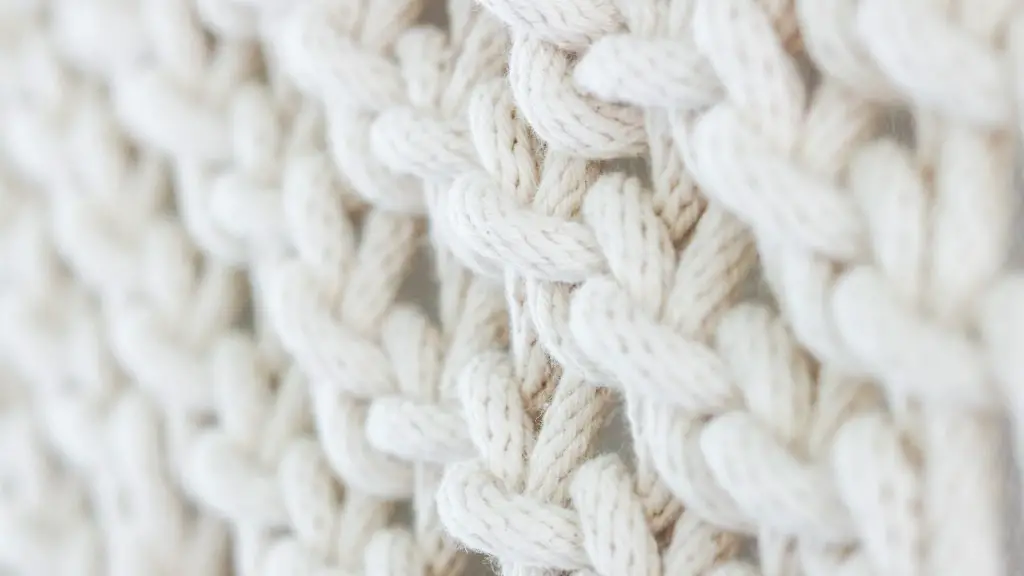How To Identify Sewing Machine Feet
A sewing machine foot is a vital part of your sewing machine, and it is important to know how to identify the different types. There are many different types of feet, each with a unique purpose and design.
A foot is the part of the sewing machine that holds the fabric in place and provides tension for sewing. Depending on the type of fabric or sewing project, the correct foot should be used in order to achieve the best possible results. The most common feet are the presser foot, zig zag foot, blind hem foot, quilting foot, and the buttonhole foot.
The presser foot is the most commonly used sewing machine foot, and is used for a variety of projects. This foot is designed with a narrow base, and a metal plate located at the bottom. It provides a stable surface for the fabric to be held while sewing. It is typically used when sewing straight and curved seams, hemming, and tucking.
The zig zag foot is also commonly used, and is used for securing heavier fabric such as denim and corduroy. It is also used for appliqués and embroidery. This foot is recognizable by its wider width, and the two metal bars located below the foot.
The blind hem foot is easily recognizable by its triangular shape, and has small metal teeth at the bottom. It is used for hems that are not visible from the outside, and is also commonly used for tailoring. This foot can be used for both zig zag and straight stitches.
The quilting foot is recognizable by its adjustable width and has a round or oval shape. It is designed to hold multiple layers of fabric and batting together. This type of foot is useful for quilts, pillows, and other thick fabrics.
The buttonhole foot is easily recognizable by its flat rectangular shape. This foot can be used for corded and uncorded buttonholes, and is also used for zippered openings. The foot also has a slot for the buttonhole to pass through as the needle moves through it.
Types of Feet
There are two main types of feet, snap on feet and screw on feet. The snap on feet are designed to fit a variety of sewing machines, and are easily interchangeable. This type of foot is simple to attach and remove from the sewing machine. The screw on feet are less common, and are designed for specific brand and models.
Considerations when Identifying Feet
When identifying feet, it is important to consider the type of sewing machine and the specific type of project. It is important to use the correct type of foot in order to achieve the desired results. When selecting a foot, it is important to consider the fabric weight, the stitching requirements, and the features of the machine.
Cleaning and Maintenance
Regular cleaning and maintenance of sewing machine feet is important in order to keep them in proper condition. Before each use, it is important to check the foot for any dirt or debris that may impede the functioning of the machine. After each use, it is important to clean the foot with a soft cloth dampened with a mild detergent, and then to oil the foot.
Replacing Feet
When replacing feet, it is important to make sure the new foot is compatible with the sewing machine. Before attaching the new foot, it is important to check the needle position and adjust it to the correct settings. Once the new foot is attached, it is important to test it on a scrap of fabric to make sure it is operating correctly.
Troubleshooting
When sewing with a sewing machine foot, it is important to check the foot often for any malfunctions or issues. If the foot is unable to move properly during sewing, it is important to check and make sure the foot is properly attached to the machine and that it is in the right position. If all else fails, it is important to consult the user manual and contact the manufacturer for assistance.
Facts and Tips
When working with a sewing machine foot, it is important to remember a few key facts and tips. It is important to remember that the correct foot should be used for the specific type of fabric and project. Remember to keep the machine clean and oiled regularly, and be sure to use the correct settings for the stitch and foot. Lastly, if any problems arise, be sure to contact the manufacturer.



